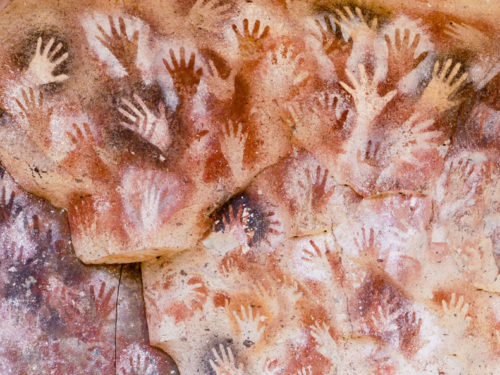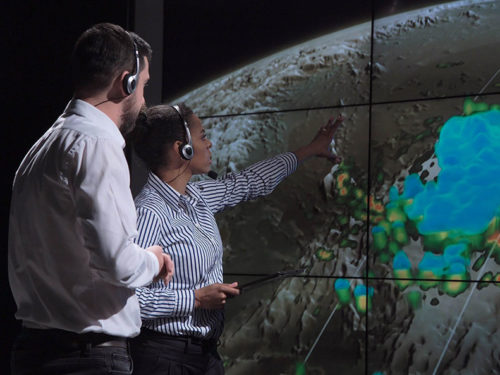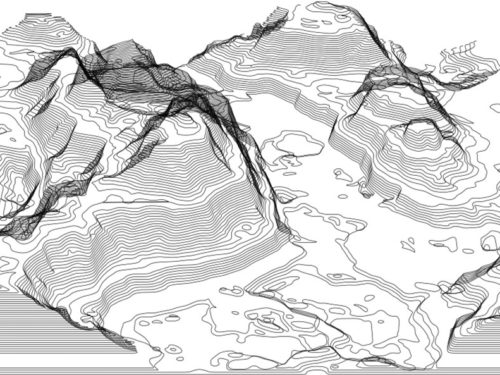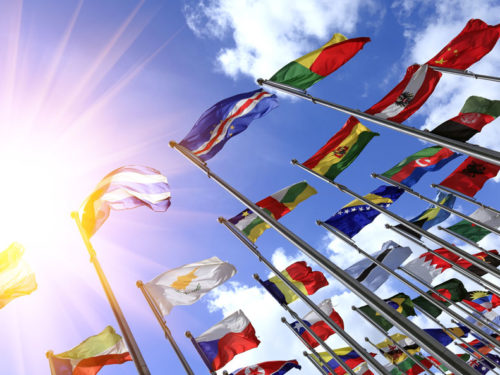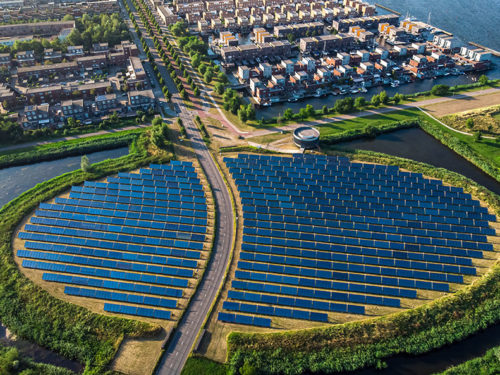What are the Social Sciences?
Defined in basic terms as disciplines focused on the scientific study of human society and social relationships, social sciences are undeniably complex and involve many unique disciplines. The National Science Foundation (NSF) describes social sciences as residing at the boundary of “people and society,” focusing on social organizations and social forces that affect humans throughout their lives and, in turn, emphasizing how humans shape those organizations and forces.
To better characterize the status of the social science hazards and disaster research workforce, social scientists are invited to join the National Science Foundation-supported Social Science Extreme Events Research (SSEER) network. In our short online form, researchers are asked to identify their primary discipline or disciplines of expertise. The disciplines identified in the SSEER form are described in more detail below.
If you are a social scientist who studies hazards and disasters, we invite you to join the SSEER network.
Why do social scientists study hazards and disasters?
Disasters are fundamentally social events, in that they impact human populations and communities. Therefore, social scientists have a decades-long history of studying the social drivers and human consequences of extreme events. The social sciences are also well-suited for multidisciplinary and interdisciplinary research that integrates information, data, techniques, tools, perspectives, concepts, or theories from multiple disciplines to study complex issues.
Common areas of expertise used by social scientists in the context of disasters include, for example: risk communication; social vulnerability and vulnerability reduction; capacity building; community resilience; and risk perception. Social scientists study natural hazards, technological disasters, terrorism and other willful acts of violence, and pandemics and other public health crises. Social scientists sometimes focus on particular population groups (for example, children, the elderly), geographic regions (for example, the American Midwest, rural communities), or phases of the disaster lifecycle (for example, preparedness, response, recovery, mitigation). The possibilities are as dynamic and changing as our social world.
In the context of hazards and disaster research, social scientists have diverse roles, including core researchers with a deep and sustained commitment to the field, periodic researchers who sometimes focus on topics related to hazards and disasters research, situational researchers who may undertake studies following major disasters, and emerging researchers who are new to hazards research and are still learning about its history, theory, and methods.
What social science disciplines are involved in extreme events research?
A list of social science disciplines often engaged in extreme events research is provided below. To learn more about a discipline, including its definition and subdisciplines, click on one of the following boxes.
These descriptions of the social science disciplines were written by Emily Laidlaw, Mason Mathews, Haorui Wu, and Lori Peek. If you have questions or suggestions, please contact us at sseer@colorado.edu.

